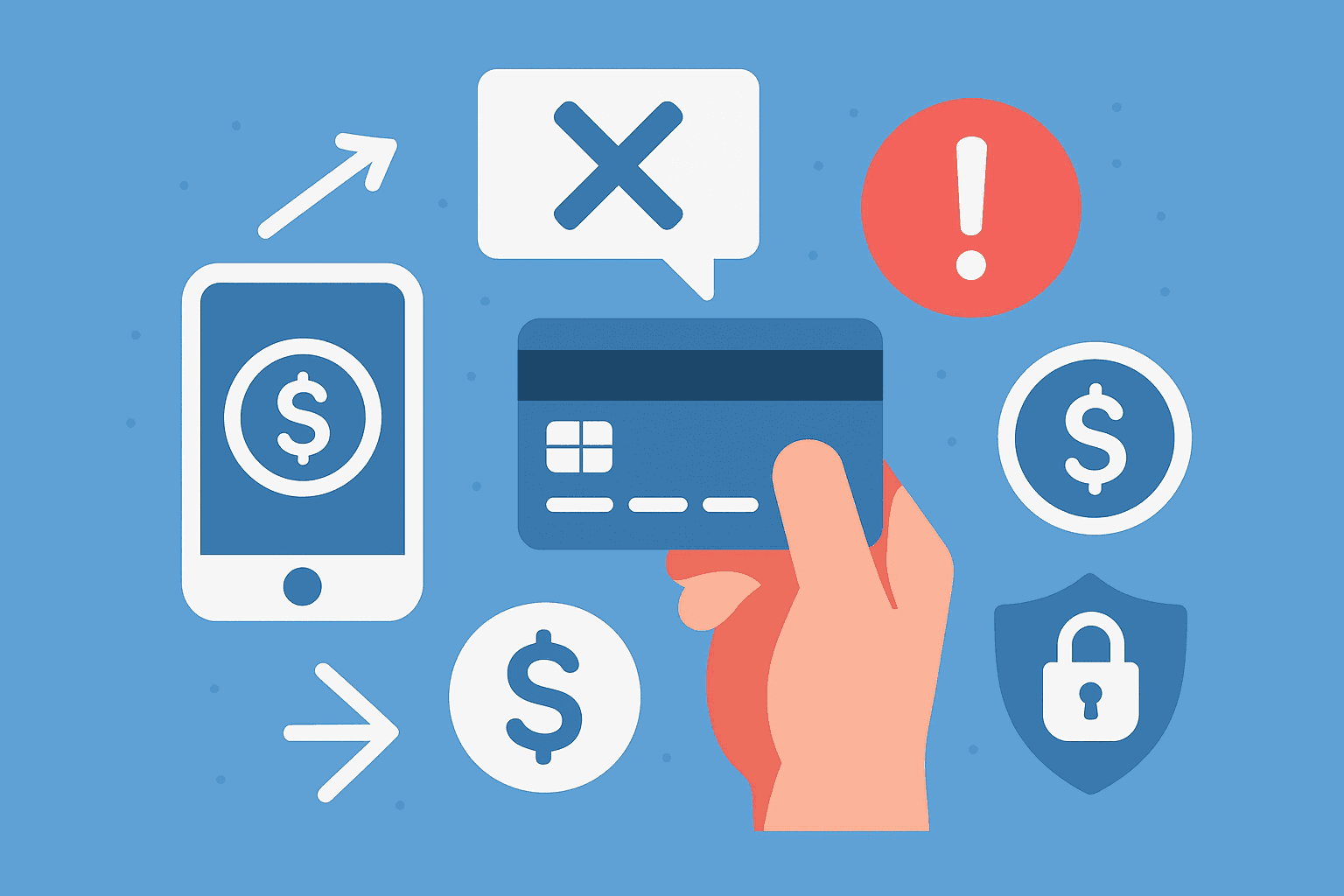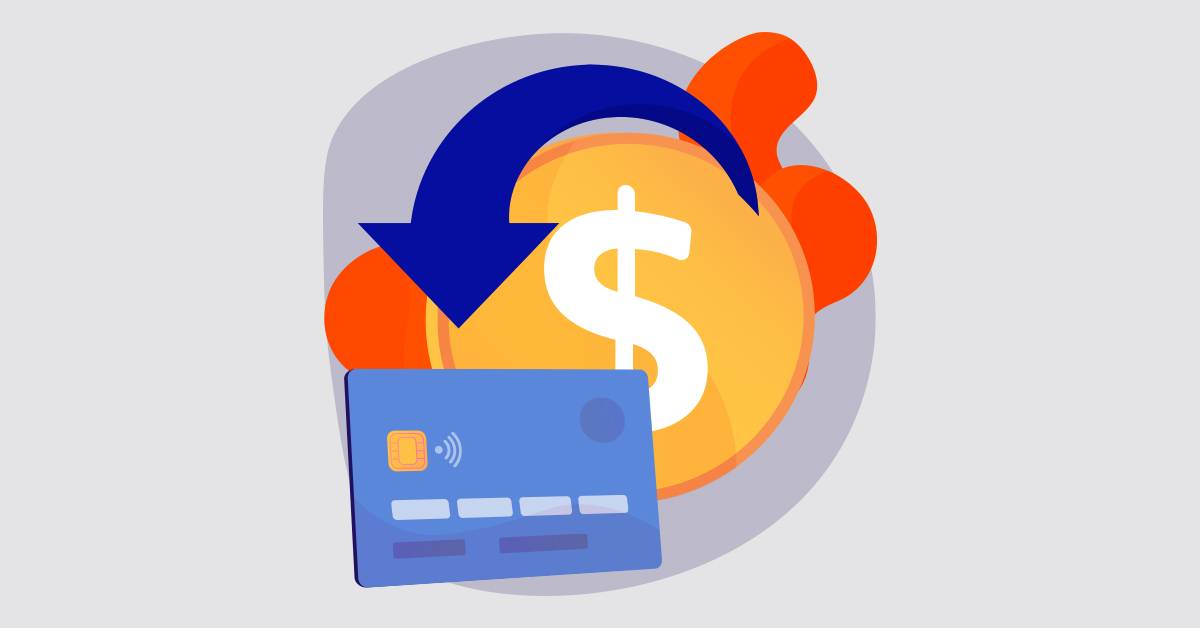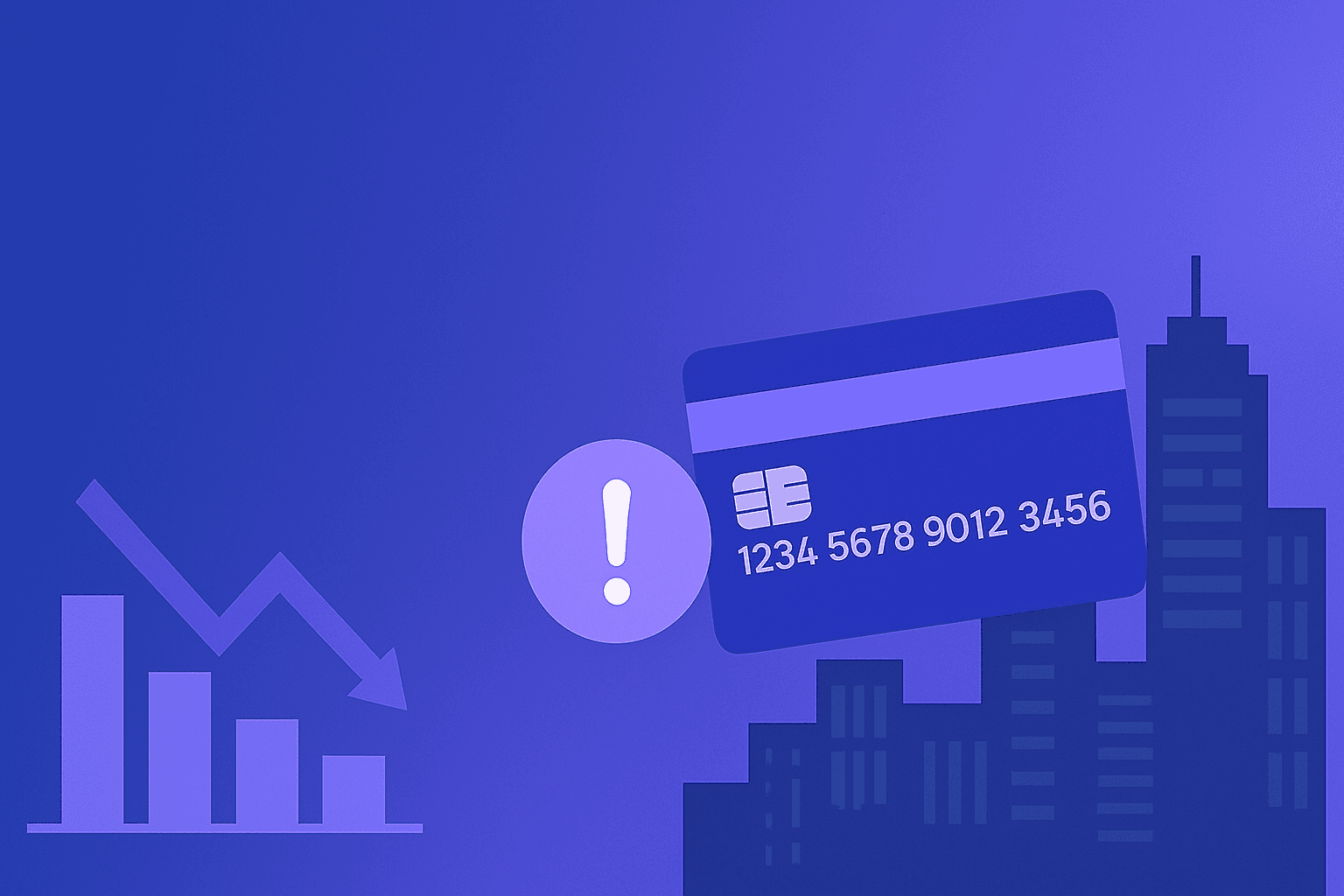Main causes and types of chargebacks

SHARE ARTICLE
In the e-Commerce and card payments world, chargebacks are an increasingly relevant phenomenon. But what exactly are they, and why do they matter so much to businesses?Understanding their causes, types, and how to manage them not only helps protect a business’s revenue but also maintains a good reputation with customers, card brands, and payment gateways.What is a chargeback?A chargeback occurs when a cardholder requests that the issuing bank reverse a credit or debit card transaction, claiming that there was a problem with the purchase.It’s important to note that not all chargebacks are initiated due to card fraud. Cardholders also have the right to dispute transactions because of dissatisfaction with the service provided by the merchant, operational errors, and other similar reasons.Why is it important to defend against chargebacks?A chargeback is an interbank claim created by the card brands as a form of customer protection, but it involves significant costs for the merchant: loss of goods, shipping expenses, chargeback fees, damage to reputation with payment gateways, possible fines, and more.Main chargebacks causesWe can distinguish the causes of chargebacks into different categories:CategoryHow it occursCriminal Fraud / Unauthorized TransactionsUse of stolen cards, compromised card data, or transactions made by third parties without the cardholder’s authorization.Friendly fraud (Good-Faith or False Disputes)A legitimate customer makes a purchase but later claims that did not authorize it.Merchant errorsDuplicate charges; incorrect amounts; products or services not matching their description; defective items; subscriptions not properly canceled; charges not included in the Terms & Conditions.Logistical / Shipping issuesDelivery delays; lost packages; incomplete deliveries; damage during transportation.Types of chargebacks: Fraud vs “Non fraud”To provide added value, it is essential for merchants to distinguish between the different types of chargebacks.Each card brand (Visa/Mastercard) defines specific reason codes to differentiate between:-Fraud-related chargebacks / Unauthorized transactions-Merchandise or service chargebacks (“Non fraud”)Key differencesFraud (crime, stolen card, unauthorized third party)Merchandise/Service (“Non fraud”)MotivationTo obtain goods, services, or money without legitimate payment.Dissatisfaction, errors, confusion, unmet expectations, or negligence.Merchant’s likelihood of success when disputingDepends mainly on proof of authorization, suspicious activity patterns, etc. These cases are often difficult to win since proving the card was truly stolen can be complex.With clear evidence (images, descriptions, communications, shipment tracking, clear policies), the merchant has a stronger case to defend against the chargeback.Reason codes“Unauthorized transaction,” “fraudulent purchase,” “cardholder not recognized,” “card not present,” etc.““Product not received,” “item not as described,” “duplicate charge,” “canceled subscription,” etc.Prevention tipsStrong authentication (3-D Secure, identity verification, fraud pattern monitoring), suspicious transaction alerts, geographic restrictions, etc..Improve product descriptions, ensure clarity in return and subscription policies, provide good customer service, track shipments, communicate proactively, and issue clear invoices.Why is it important to understand the different types and reasons behind chargebacks?Brand recognition:Visa and Mastercard explicitly acknowledge these distinctions in their regulations and operating rules, and they provide different guidelines for merchants to dispute chargebacks with the most relevant evidence.See Dispute Management Guidelines for Visa MerchantsSee Chargeback Guide Merchant Edition by MastercardRequired evidences:The rules set by the card brands require merchants to submit specific documentation or evidence depending on the reason for the chargeback initiated by the issuing bankFraud → Evidence that the cardholder’s authentication/authorization occurred at the time of purchase.Merchandise or Service → Evidence of proper delivery or service fulfillment, acceptance of terms and conditions by the customer, customer communication records, etc.Different Bank Processes:The dispute flow differs between fraud-related and service/merchandise chargebacks in several aspects, such as time limits for the cardholder to initiate a chargebackFraud-related cases generally have similar deadlines (around 120 days) for the customer or issuing bank to file a chargeback.Some “non-fraud” reasons (e.g., invalid authorization, incorrect data, account not found, etc.) have shorter timeframes (≈ 75 days with Visa; ≈ 45 days in certain Mastercard cases).Special exceptions:In some cases, the time limit can be extended — for instance, when goods or services are delivered much later, or when the customer expected to receive products on a future date.Example: under Visa, “Goods/Services Not Received” cases can have an absolute maximum of 540 days if certain criteria are met.Distribution by chargeback type and industry in SpainUnderstanding how chargebacks are distributed by type and industry in Spain is key to spotting which sectors are most exposed to fraud or tend to receive more disputes. It also helps reveal the main reasons behind these claims — such as fraud, customer mistakes, or merchant errors — so that companies can create more effective prevention and management strategies. On top of that, this knowledge makes it easier to compare how different industries perform and to improve payment processes and customer service in order to minimize losses.Reference: Adyen Retail Report España (2024)
SHARE ARTICLE



